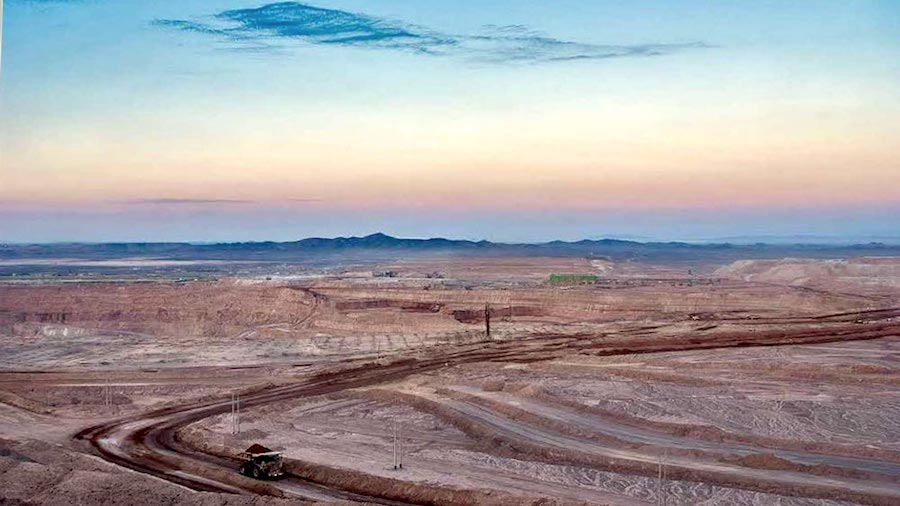
Mia Gous, Spence’s mine general manager, told Minería Chilena magazine that current efforts are focused on securing the use of renewable energy at the operation. The Melbourne, Australia-based giant said last year it planned to run Spence and Escondida, the world’s biggest copper mine, entirely on renewable power by 2022.
It is also aiming to eliminate the use of water from aquifers in Chile by 2030.
Spence’s expansion contemplates the construction of a concentrator plant to increase production and extend the life of the deposit by about 50 years, as well as a1,000-litres-per-second seawater treatment facility.
Before the current pandemic, the expansion provided 4,100 temporary jobs and 220 permanent positions. Once finished, it will add 185,000 tonnes of copper and 4,000 tonnes a year to BHP’s output in its first decade.
Spence is BHP’s second-largest deposit in Chile after Escondida, the world’s biggest copper operation.
Copper hungry
In the last four years, BHP — already the world’s second-biggest listed copper miner — has boosted exploration spending to find new deposits of the metal, used in construction, renewable energy and electric vehicles.
The company became last year the top shareholder in Australian miner SolGold (LON:SOLG) (TSX:SOLG), which is developing the Cascabel copper-gold project in Ecuador. The asset has the potential to become one of the largest copper-gold assets ever discovered, with an estimated productive mine-life of 55 years.
That doesn’t seem enough for BHP. Its chief executive, Mike Henry, said in February the company needed more “future-facing” metals, such as copper. A month later, chairman Ken Mackenzie said the miner was in a strong position to make acquisitions if there were opportunities because of coronavirus.
“I’m not sure if there will be any opportunities that will come from this, but if there are, we are actually in a position to act,” Mackenzie said.
Copper pushed above $7,000 per tonne this week, the highest since 2013, as a seemingly bottomless Chinese demand continues to drive prices up.
China alone accounts for more than half of the world’s copper imports. So far this year, it has already imported more copper than it did throughout of all of 2019, according to data cited by Bloomberg.




